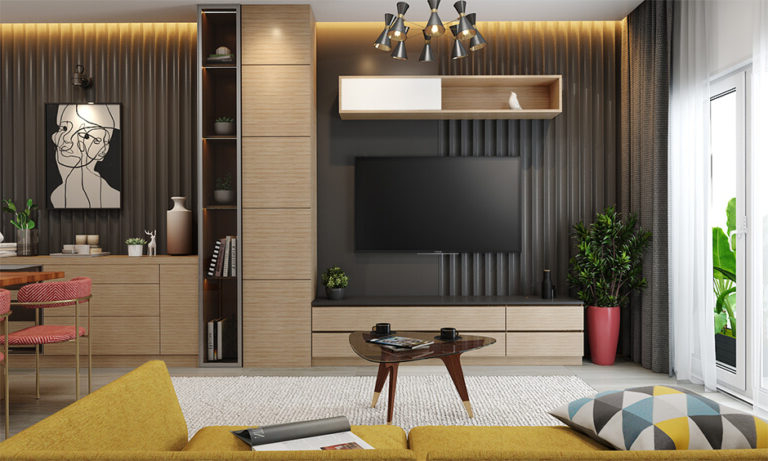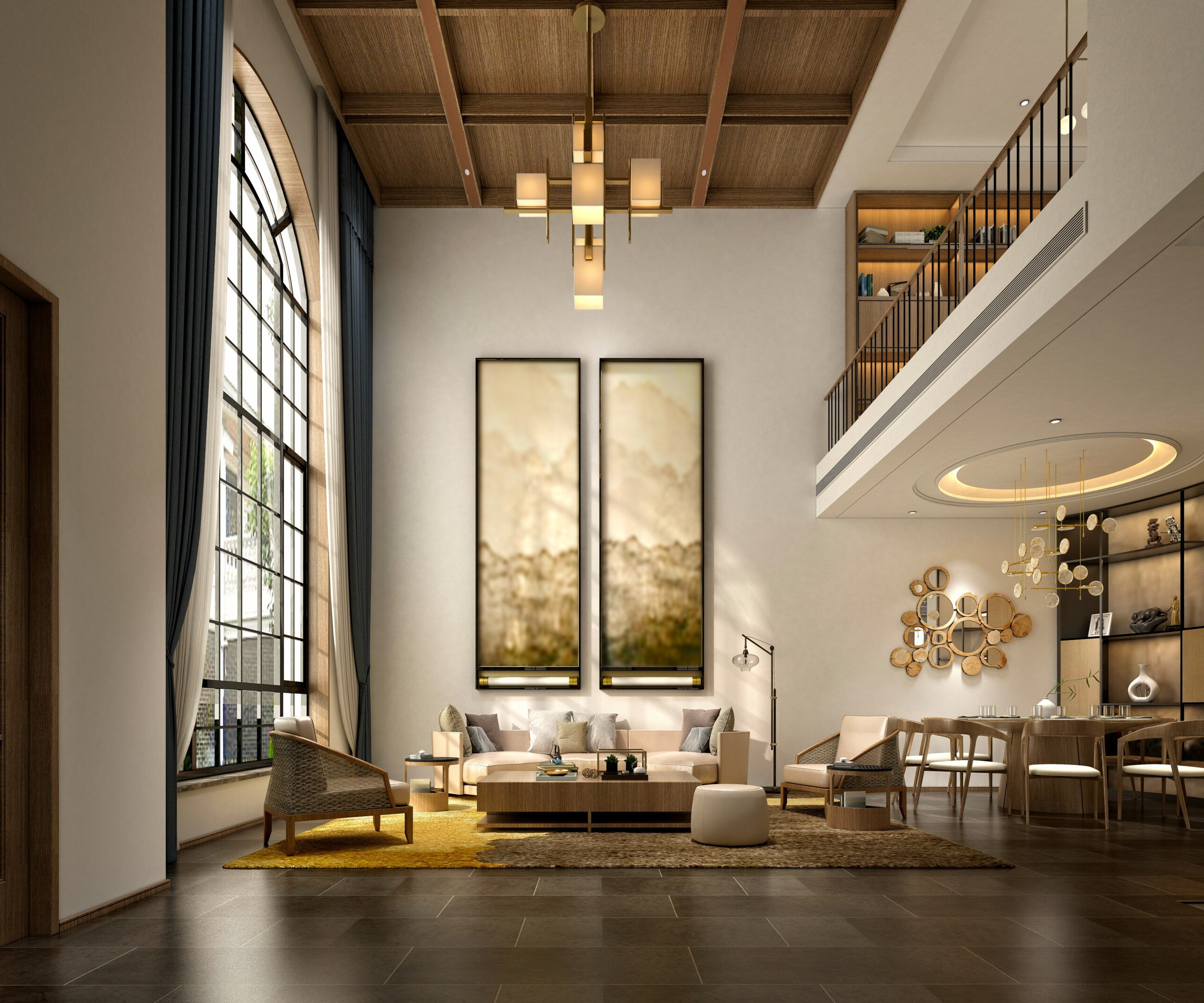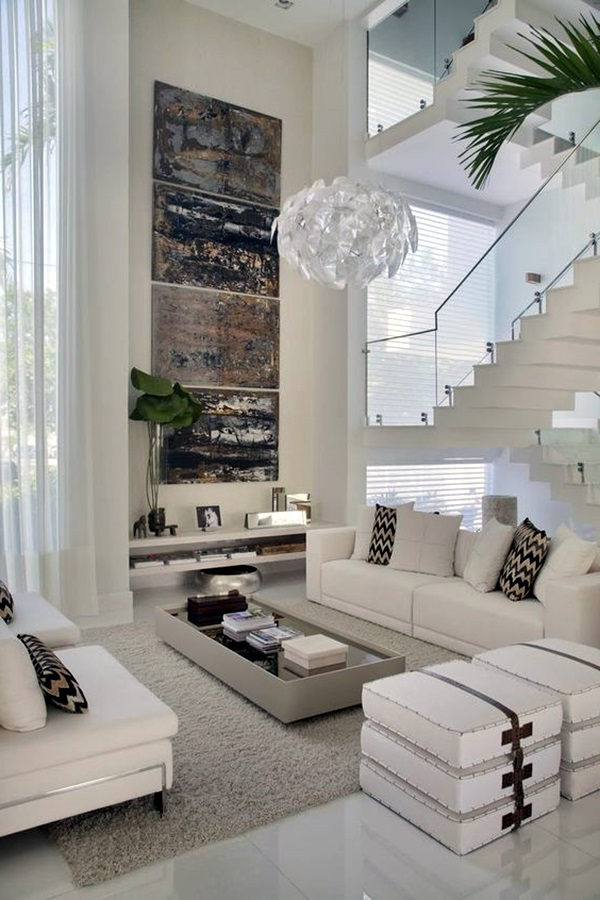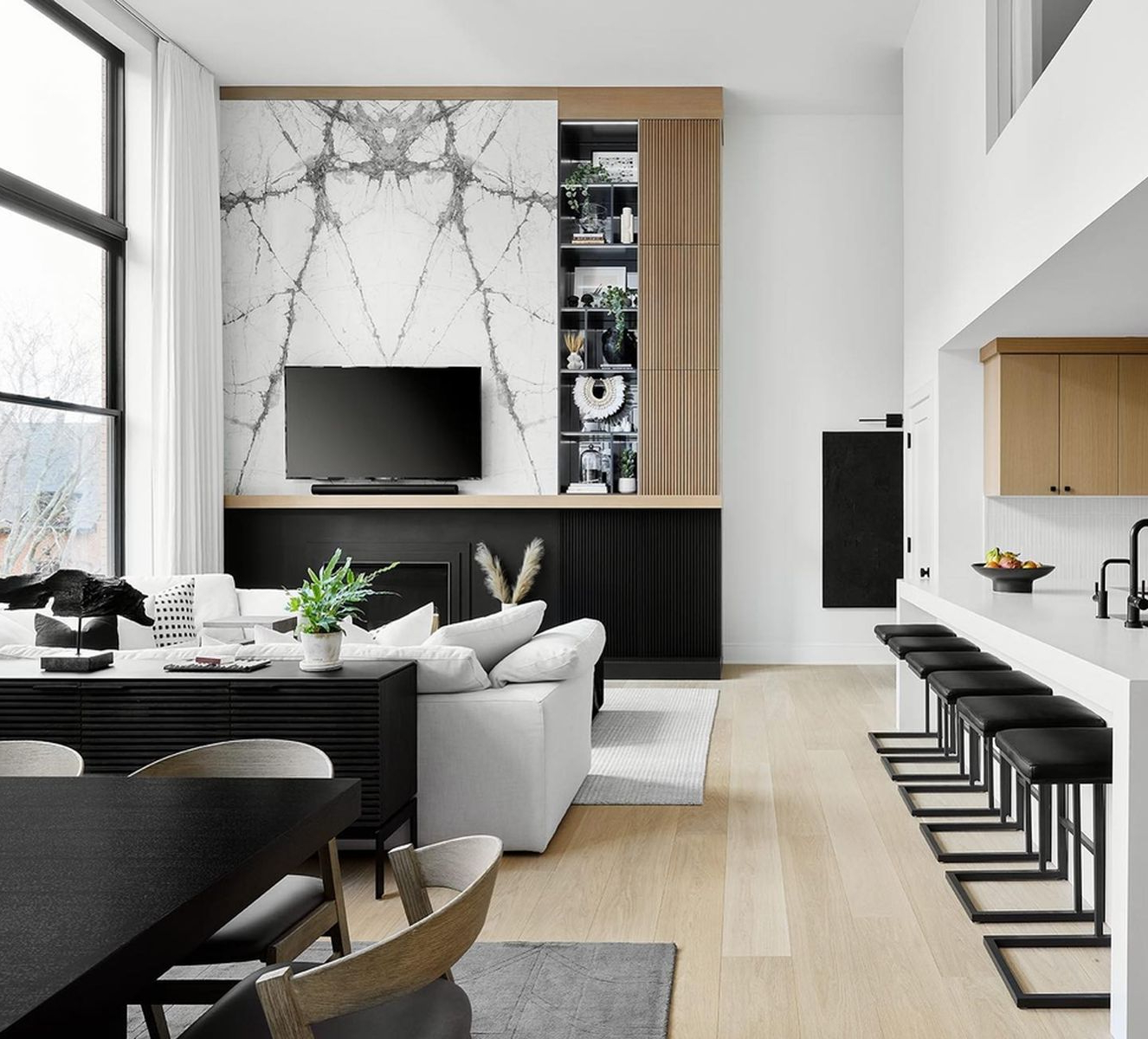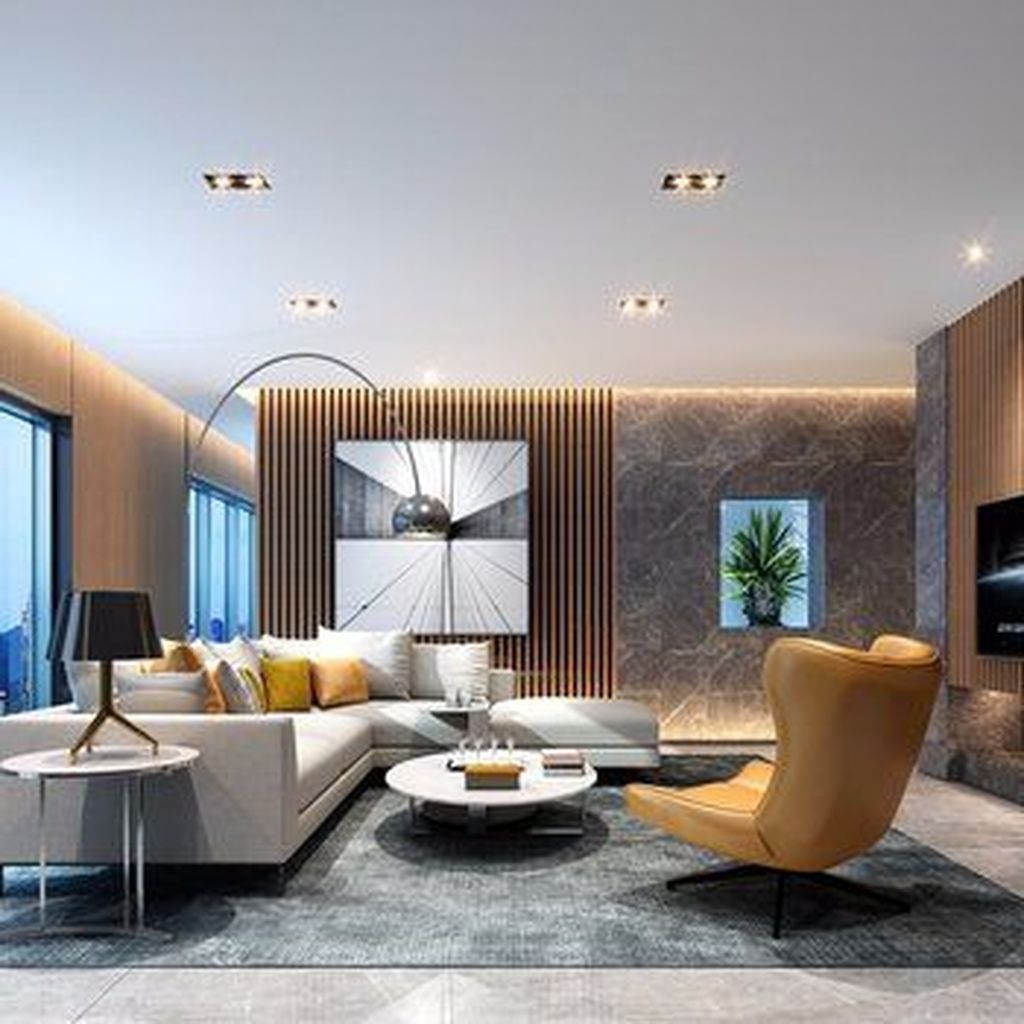Every few years, we see new trends sweep through the design world. But what truly separates a great interior from a passing fad? The answer lies in understanding those fundamental elements that have remained stylish through decades. These aren’t just pretty things that happen to look good right now – they’re the building blocks of spaces that feel both fresh and familiar, elegant and comfortable.
The world of interior design moves fast. New styles emerge, colors come and go, and what seems perfectly modern today might feel dated tomorrow. Yet some elements consistently appear in the most beautiful homes, regardless of when they were designed. These aren’t just random choices – they’re the result of careful observation of what makes spaces feel alive and inviting. Think about your favorite rooms. What do they have in common? They often blend the old with the new, creating something that feels both familiar and fresh. The secret isn’t following every trend, but understanding the core principles that make certain design choices work across time periods. Whether you’re redecorating your first apartment or renovating a family home, knowing these timeless elements will help you create spaces that feel effortlessly stylish.
Natural Materials That Bring Authenticity to Any Space
There’s something deeply satisfying about spaces that incorporate natural materials. Wood, stone, and plants don’t just add visual interest – they create a connection to the earth that makes a room feel grounded and welcoming. Think about how a wooden dining table or stone accent wall instantly adds warmth to a space. These materials age gracefully, developing character over time rather than looking worn out. The beauty of natural materials lies in their imperfections. A weathered wood plank has stories to tell, while a rough stone surface offers texture that’s impossible to replicate artificially. When choosing these elements, focus on quality over quantity. A single statement piece made from natural material can transform an entire room. Consider a reclaimed wood coffee table or a living room with natural stone flooring. These choices create a foundation that supports other design elements while standing strong against changing trends.
Neutral Color Palettes That Serve as Perfect Backdrops
While bold colors can make a statement, neutral tones form the backbone of timeless design. Creams, whites, beiges, and soft grays provide the perfect canvas for other elements to shine. These colors don’t compete with furniture or artwork – they let everything else take center stage. The key is choosing the right neutrals. Not all whites are created equal, and not every beige works in every space. The best neutral palettes include subtle variations that prevent a room from feeling flat or boring. A well-chosen neutral palette can make a small space feel larger and more open. It also creates a sense of calm that makes people want to stay longer. When you’re working with neutrals, think about layering textures and adding pops of color through accessories rather than paint. This approach gives you flexibility to change the mood of a room without starting over completely.
Functionality That Never Goes Out of Style
Good design solves problems, and that’s what makes it timeless. A well-designed chair should be comfortable, a storage solution should be practical, and lighting should serve its purpose. These basics rarely change, regardless of what’s trendy. Consider how much time you spend in different areas of your home. What do you actually need to do there? The most successful designs address these daily needs while still looking beautiful. This principle applies to everything from kitchen layouts to bedroom organization. When you choose pieces based on how they’ll function in your life, you’re investing in a space that will continue to serve you well. Functionality also means considering how people move through a space. Good circulation, proper lighting for tasks, and appropriate furniture sizes all contribute to timeless appeal. You might find that a simple, well-thought-out layout becomes more appealing over time than a complex design that looks impressive but doesn’t work well.
Classic Furniture Silhouettes That Remain Relevant
Some furniture pieces transcend trends because their basic shapes work in any setting. Think of the classic sofa with clean lines, the simple dining table, or the timeless armchair. These pieces often have a history that spans decades, which speaks to their enduring appeal. The key is choosing pieces that feel comfortable and functional, not just visually attractive. A good chair should support your back properly, and a dining table should accommodate your family’s needs. Classic silhouettes allow you to update a room with new fabrics or accessories while keeping the essential structure intact. You can refresh the look of a room by changing the upholstery or adding new decorative elements, without replacing the furniture itself. This approach saves money and allows you to build a collection of pieces that will remain stylish for years to come. The best classic furniture pieces have proportions that feel balanced and comfortable, whether they’re placed in a traditional or modern setting.
Quality Over Quantity: The Value of Well-Made Items
Trendy items often look good for a short time but quickly lose their appeal or become outdated. In contrast, well-made items develop a kind of elegance that comes from craftsmanship and durability. A handcrafted wooden chair built to last will always have more character than a mass-produced version that breaks after a year. This approach to design requires patience and a willingness to invest in pieces that will serve you for many years. The payoff is worth it – you won’t need to replace items frequently, and each piece becomes part of a growing collection that tells a story. Quality items also tend to photograph better, which matters if you like sharing your home online. When you choose carefully, you’re essentially curating a personal museum of design that reflects your taste and values. This method of shopping for design items means focusing on longevity rather than novelty.
Lighting That Creates Atmosphere and Mood
Good lighting changes everything about a space. It affects how we feel, how we interact with our environment, and even how we perceive colors. The best lighting combines ambient, task, and accent elements to create layers that work together. Natural light is always preferable, but artificial lighting should complement rather than compete with it. A room that’s well-lit feels more spacious and welcoming. Consider how you want to use each area of your home. The kitchen needs bright, functional lighting, while a reading nook might benefit from softer, focused light. Layering different types of lighting gives you flexibility to change the mood throughout the day. Smart lighting systems offer additional control, allowing you to adjust brightness and color temperature easily. The investment in good lighting pays dividends in comfort and usability, making it one of the most important timeless design elements.
Timeless design isn’t about avoiding trends entirely – it’s about understanding which elements will serve you well regardless of what’s popular. Natural materials bring authenticity, neutral colors provide versatility, and functionality ensures your space works for your life. When you combine these elements thoughtfully, you create spaces that feel both current and classic. Remember that the best design solutions are often the simplest ones. Sometimes the most powerful choice is to do less rather than more. The most enduring interiors are those that reflect the people who live in them, not just the designer who created them. By focusing on these fundamental principles, you’re not just decorating – you’re creating a place where you want to spend time, where memories are made, and where the passage of time feels gentle rather than disruptive. These elements will continue to guide designers and homeowners for generations to come, because they address basic human needs for comfort, beauty, and meaning in our living spaces.


